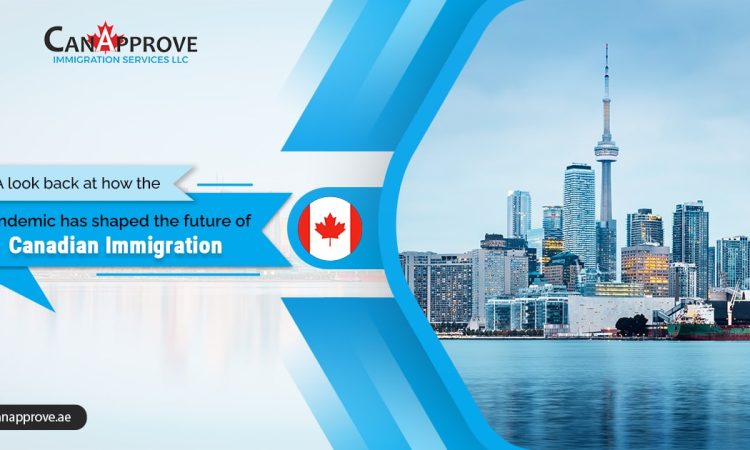It was ironic in the history of Canadian immigration that days after announcing a record immigration plan in March 2020, Canada closed its border as a public safety measure to prevent the spread of coronavirus.
One year has passed since the first public travel restrictions and Canada’s immigration levels had taken a huge hit. As per the official stat, only 184,000 new permanent residents had landed in Canada, the lowest level since 1998.
Canadian Immigration Bounces Back Hard
New Immigration Levels Plan:
Canada’s answer to the lowest level of immigration in 2020 is its new immigration levels plan for 2021-2023. The country is now targeting nearly 1.2 million new immigrants in the next three years to immigrate and settle in Canada.
Increased Immigration to smaller Canadian cities:
Canadian cities such as Toronto, Montreal, Calgary, and Vancouver are popularly known for their significant immigrant population base. However, a recent study by Ryerson University outlines the prospects for immigration in small and mid-sized Canadian cities.
The paper identified a total of 14 smaller urban centers with immigration rates of over 100 per 10,000 residents. They are regions of Regina and Saskatoon in Saskatchewan, Halifax, Charlottetown, Fredericton, Moncton, Swift Current, Winkler, Steinbach, Brandon, Thompson, Brooks, High River, and Wood Buffalo.
Studies have also found median entry wages for new immigrants increasing in Canada.
Record-breaking Express Entry Draws:
During the pandemic, IRCC innovated the Express Entry system by switching program-specific draws. Eventually, IRCC was able to send out invitations to apply for permanent residence to more than 100,000 candidates in 2020.
Following its success, IRCC has only held program-specific Express Entry draws in 2021. That is, candidates who qualify for Canada Experience Class (CEC) and those with prior provincial nominations are only invited for permanent residence. The Federal Skilled Worker Program (FSWP) which happens to be the most preferred pathway for foriegn skilled workers without work experience inside Canada has not been considered yet in recent draws.
However, one cannot ignore the unpredictable nature of IRCC Express Entry draws. It was very recently that it held a historic draw issuing nearly 26,000 ITAs for Canada PR. With a target for nearly 108,000 ITAs for Canada PR in 2021, FSWP candidates may soon be considered. Get in touch with our consultants to know your chances.
Provincial Nominee Program (PNPs) increases intake:
Supporting the Express Entry nominations are Canada PNP that is seen active in recent time. The current annual target is to issue over 80,000 invitations to eligible immigrants to apply for provincial nominations.
We have already covered how keen are Canada PNP to welcome new immigrants during the pandemic. Click here to read it.
Canada is actively welcoming Foreign Entrepreneurs:
IRCC intends to accept between 153,600 to 208,500 applications under economic-class immigration programs in 2021. However, the expected target for Business immigration will be around 1,000 eligible applicants. Over and above, Canada PNP is also looking to invite entrepreneurs, self-employed candidates. Ask our consultants to know your best chances and eligibility.
Click here to know the best options for business immigration to Canada in 2021.
Study opportunities in Canada:
Higher education institutions in Canada are keen on welcoming international students back to campus for new courses this fall. The immigration of international students is not only significant for the country’s global outreach but also creates a ready-made talent pool for companies in Canada to hire them with inherited Canadian experience. Click here to know the list of universities that plan to welcome students by this fall.
Read about the high-demand jobs in Canada in 2021.
Throughout the pandemic, the federal government upheld its decision to increase immigration for economic recovery. Immigration of international students, foreign skilled immigrants, business individuals, along with their families is seen as crucial to overcoming demographic challenges due to ageing and the declining birth rate.
However, there’s still no timeline on when the border will re-open and resume normal travel operations to Canada. Until then, we would advise all the immigration aspirants to register their profiles on the Express Entry system or send-out your Expressional of Interests (EOIs) to desirable PNP. You may also work on your skills such as language proficiency to get more profile points and thus increase your chances of immigration.
Take this free assessment now to determine your eligibility. You may also book a free appointment with our experienced immigration consultants to get started!





